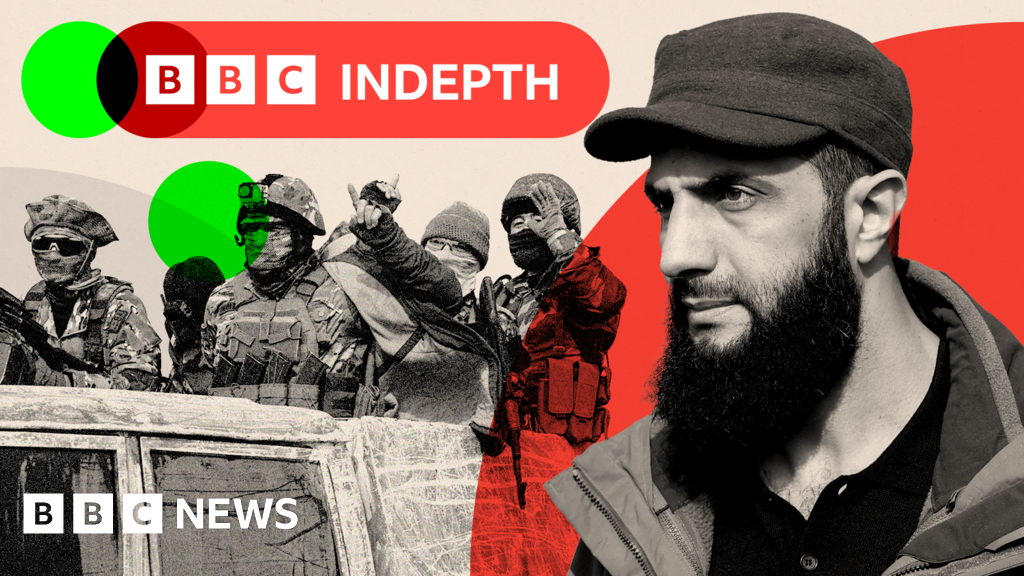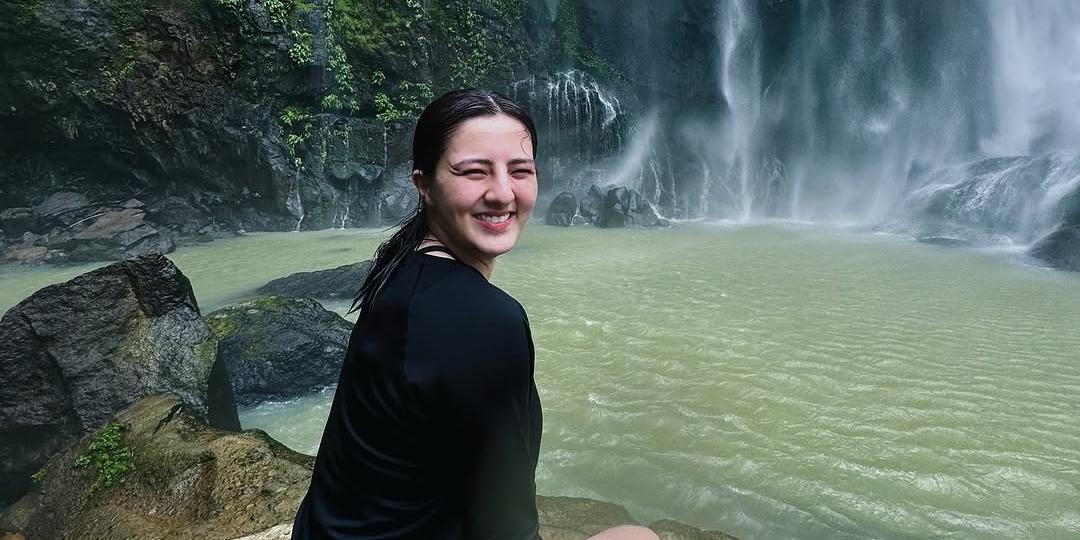Last week, while touring Damascus, Syria's new leader Ahmed al-Sharaa (formerly known as Abu Mohammed al-Jolani) was approached by a young woman who asked for a photo with him. He gently requested that she cover her hair before taking the picture. The incident quickly sparked heated debate across Arabic social and mainstream media.
What happened may have been small but it was telling because it encapsulated the tightrope that Syria's new rulers Hayat Tahrir al-Sham (HTS) - who are designated as a terrorist organisation by the UN, US, EU and UK - must walk. On one side is the diverse, and, in some cases more liberal, Syrian population, along with the international community, whose acceptance is crucial for HTS's survival and legitimacy. To them, the hair covering incident offered a troubling glimpse into Syria's potential future under HTS, expressing fears that conservative policies could eventually mandate the veil for all women.
On the other side, Islamist hardliners criticised al-Sharaa for taking the photo at all, describing the woman as a "mutabarijah" - a term for a woman perceived to dress immodestly or wear makeup – and insisting his action violated religious rules. These hardliners hold significant sway over militant factions and could rally opposition within al-Sharaa's own Islamist base. HTS faces the challenge of attempting to reconcile these competing demands - balancing the expectations of the international community and the liberal parts of Syria's population .



















